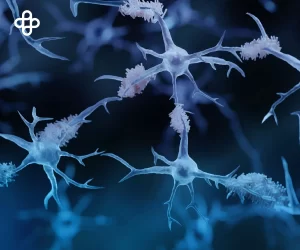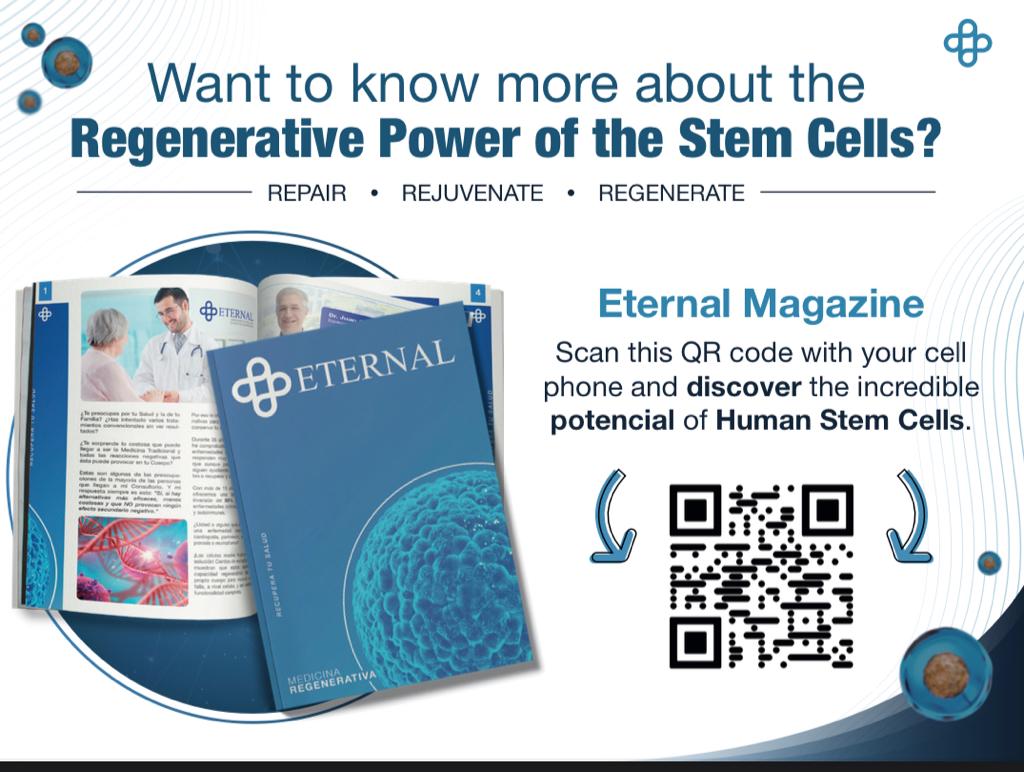Exercise-induced asthma (EIA) is a condition that impacts the quality of life of millions, limiting physical activity and causing respiratory distress. Regenerative medicine, an innovative field leveraging stem cells and biological therapies, opens new doors for improving lung function in affected individuals. This article explores how these cutting-edge treatments can provide personalized and practical solutions.
What Is Exercise-Induced Asthma?
Exercise-induced asthma occurs when the airways become inflamed and narrow during or after exercise. Symptoms include coughing, wheezing, and shortness of breath, restricting the ability to engage in physical activities. While common in individuals with asthma, EIA can also develop in those without a prior diagnosis.
Regenerative Medicine: A Revolutionary Approach
Regenerative medicine harnesses the body’s natural ability to heal itself. Among the most promising tools are stem cells, which can differentiate into various tissue types and support cellular regeneration. These cells may help repair damaged lung tissues and reduce chronic inflammation for EIA patients.
Stem Cell-Based Therapies
Mesenchymal Stem Cells (MSCs)
MSCs possess anti-inflammatory and regenerative properties. Preliminary studies indicate that MSCs can mitigate airway inflammation and enhance lung function in animal models.
Adipose-Derived Stem Cells (ADSCs)
These easily accessible cells play a vital role in immune modulation, making them a promising option for managing asthma-related inflammation.
Pulmonary Organoids
Advances in bioengineering have led to the development of lab-grown mini-lungs from stem cells. This breakthrough could transform the treatment of severe lung damage in the future.
Potential Benefits of Regenerative Medicine for Asthma
- Reduced Inflammation: Stem cell therapies can alleviate chronic airway inflammation, improving symptoms and enhancing quality of life.
- Lung Tissue Repair: These treatments promote the regeneration of damaged epithelial tissue, restoring normal lung function.
- Personalized Treatment: Stem cell-based therapies allow for tailored interventions, optimizing outcomes for each patient.
Challenges and Considerations
Despite its potential, regenerative medicine faces key obstacles:
- Safety and Efficacy: Clinical trials are crucial to confirming these therapies’ long-term safety and effectiveness.
- High Costs: Accessibility remains limited due to the high cost of stem cell treatments.
- Regulatory Hurdles: Strict regulations ensure ethical and scientific compliance, but they also slow the adoption of new therapies.
The Future of Regenerative Medicine for Lung Diseases
Research is progressing rapidly, with ongoing clinical trials exploring new applications for stem cells and other regenerative therapies in EIA treatment. Over time, these technologies may become standard practice, revolutionizing asthma management.
Conclusion: A Promising Future for Exercise-Induced Asthma
In conclusion, Regenerative medicine offers a groundbreaking approach to treating exercise-induced asthma by focusing on lung tissue repair and inflammation reduction. While challenges remain, current advancements point to a hopeful future for patients seeking to enhance their respiratory health.
Finally, visit and read our article Innovative Stem Cell Therapies for Chronic Pneumonia: A Game-Changer in Respiratory Health




